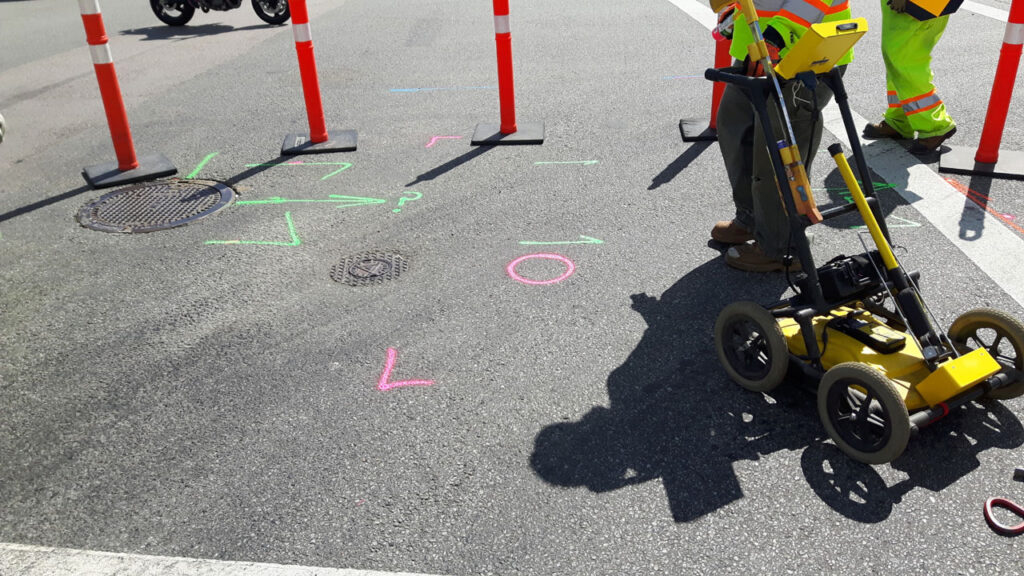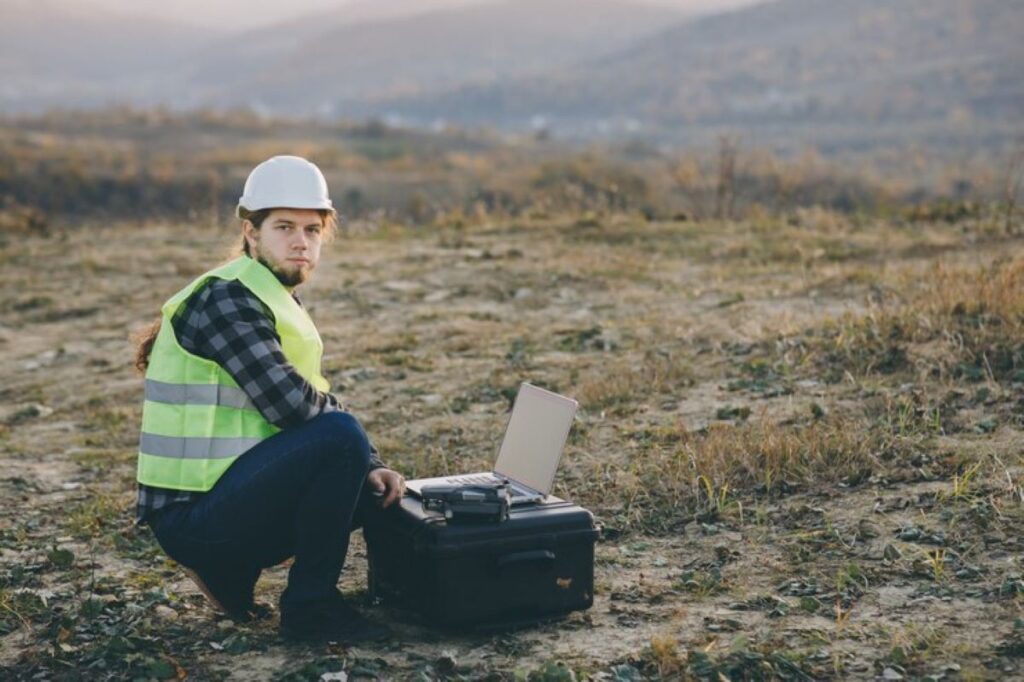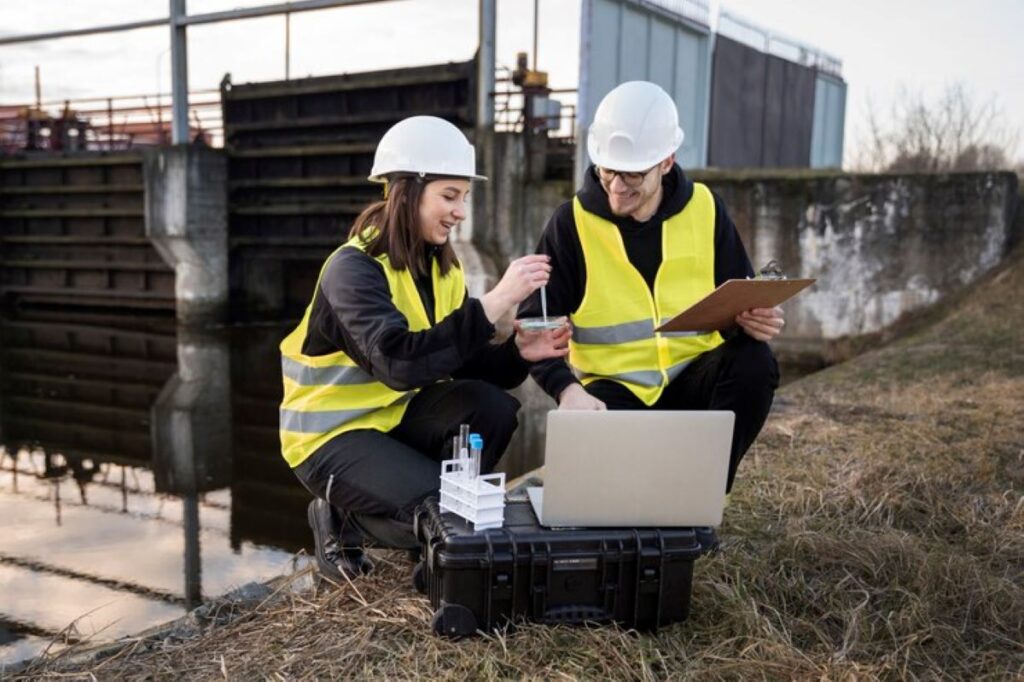In the landscape of modern construction, the significance of underground scanning services has become increasingly pronounced. As construction projects grow in complexity, the need for accurate subsurface information is paramount. This article delves into the various aspects of underground scanning services, their importance in construction, the processes involved, and future advancements in technology.
Understanding underground scanning services
Underground scanning services refer to the utilisation of advanced technologies to detect and map subsurface elements such as utilities, geological features, and other impediments that could impact construction activities. These services provide critical insights that aid in planning and executing construction projects safely and efficiently.
What are underground scanning services?
Underground scanning services encompass a range of methods, including ground penetrating radar (GPR), electromagnetic induction, and ultrasonic testing. Each method serves a unique purpose, whether it is identifying the location of buried pipes, cables, or assessing soil conditions. The primary aim of these services is to provide an accurate picture of what lies beneath the surface and to identify potential risks or complications that may arise during construction.
These services have become essential in urban areas where underground infrastructure can be dense and complex. Knowing the exact positioning of underground utilities and other assets helps contractors avoid damaging critical infrastructure, thereby saving both time and financial resources. Moreover, the integration of underground scanning into the planning phase of construction projects can significantly enhance safety protocols, as it allows for the identification of hazardous materials or unstable ground conditions that could pose risks to workers and the public alike.
The technology behind underground scanning
The technology used in underground scanning has evolved remarkably in recent years. Ground penetrating radar, for instance, employs radar pulses to image the subsurface and can provide real-time data on the location and composition of underground materials. This non-invasive method allows for quick assessments without disturbing the ground.
Electromagnetic induction works by inducing an electric field into the ground and measuring the response, which can help locate conductive materials such as metal pipes. Ultrasonic testing is another innovative approach that uses sound waves to assess the properties of materials and can be important for determining the condition of buried assets. Additionally, advancements in data processing software have enabled more sophisticated analysis of the collected data, allowing for clearer visualisation and interpretation of subsurface conditions. This not only aids in immediate project needs but also contributes to the creation of comprehensive subsurface maps that can be invaluable for future construction or maintenance work, ensuring that the information remains accessible for years to come.
The importance of underground scanning in construction
Underground scanning is not merely a luxury; it is a necessity in contemporary construction. The benefits provided by these services extend far beyond the initial surveying phase and have a profound impact on overall project efficiency.

Ensuring safety on the construction site
Safety is a fundamental concern in construction, and underground scanning plays a vital role in mitigating risks associated with unexpected subsurface conditions. By accurately mapping underground utilities and geological structures, these services help prevent accidents that can result from hitting buried cables or pipes. Such incidents can lead to severe injuries, project delays, and significant financial liabilities.
Moreover, ensuring the integrity of the construction site is critical to not only worker safety but also to the surrounding community. Underground scanning helps construction teams devise appropriate plans to relocate or avoid these underground networks, ensuring that public safety is maintained throughout the project lifecycle. In addition, the use of advanced scanning technology can also aid in identifying potential hazards such as unstable soil or groundwater issues, which might not be visible from the surface. This proactive approach allows for the implementation of necessary safety measures before any excavation begins, thereby fostering a safer working environment.
Reducing project delays and cost overruns
Project delays and budget overruns are common challenges in the construction industry. Unexpected issues that arise from inadequate mapping of underground conditions can substantially impact a project’s timeline and cost. Underground scanning services help to identify issues before construction begins, thus enabling project managers to plan more effectively.
By providing a clear understanding of subsurface conditions, these services enable better decision-making and resource allocation. Project managers can adjust designs or methodologies in advance, reducing the likelihood of costly disruptions during construction. Furthermore, the integration of underground scanning data into Building Information Modelling (BIM) systems enhances collaboration among stakeholders, allowing for a more streamlined workflow. This synergy not only improves communication but also ensures that all parties are aware of potential underground challenges, leading to more informed and timely decisions throughout the project lifecycle. As a result, the overall efficiency of the construction process is significantly enhanced, ultimately contributing to the successful completion of projects within budget and on schedule.
The process of underground scanning in construction
Integrating underground scanning into the construction process involves several key stages. Each phase contributes to a thorough understanding of what lies beneath the building site and how it affects the overall project.
Pre-construction scanning
Pre-construction scanning is an essential first step that allows for a detailed analysis of subsurface conditions before any physical work begins. This phase typically involves a comprehensive survey of the site using modern scanning technologies. The findings from this survey contribute to risk assessments and inform the planning phase of the project.
During this stage, clients can review detailed reports and visual representations of subsurface conditions, allowing for informed discussions on design modifications, utility relocations, or any other necessary changes. Addressing potential issues before ground disturbance minimises disruptions later in the construction process.
Moreover, the integration of advanced technologies such as Ground Penetrating Radar (GPR) and Electromagnetic Induction can significantly enhance the accuracy of the scans. These methods provide real-time data on the location of buried utilities, geological features, and even archaeological artefacts, which can be crucial for heritage sites. By employing these techniques, construction teams are not only able to mitigate risks but also to preserve the integrity of the environment surrounding the site, thereby fostering a more sustainable approach to development.

Ongoing scanning during construction
Ongoing scanning plays a pivotal role in monitoring subsurface conditions as construction progresses. This approach ensures that any unforeseen subsurface obstacles can be detected promptly, allowing for timely interventions. Regular scanning helps to keep construction teams informed and can lead to immediate problem-solving strategies.
Additionally, ongoing scanning provides an evolving understanding of the site, which is vital for complex projects where conditions may change as work progresses. It serves not only to safeguard existing utilities but also to adapt strategies as new challenges emerge, ensuring a smoother construction experience.
Furthermore, the implementation of ongoing scanning can significantly reduce the likelihood of costly delays and budget overruns. By maintaining a continuous flow of information, project managers can make proactive decisions that align with the dynamic nature of construction sites. This adaptability is particularly beneficial in urban environments, where the interplay of various underground infrastructures can complicate excavation efforts. The ability to visualise and respond to these changes in real-time not only enhances safety but also optimises resource allocation, ensuring that projects remain on track and within budgetary constraints. CheckOut more about Why You Need a Professional Utility Locating Service Before Digging
The future of underground scanning in construction
The subsequent advancements in technology promise even greater changes to underground scanning services. These advancements are set to redefine how construction projects identify and address subsurface issues.
Advancements in scanning technology
Future developments in scanning technology may include enhancements to existing methods, such as improved resolution in ground penetrating radar systems and the integration of artificial intelligence to analyse data more effectively. The incorporation of drone technology may further revolutionise site scanning, allowing for faster and more comprehensive data collection over large areas.
Moreover, the development of 3D imaging technology could offer an even more sophisticated view of subsurface conditions, enabling engineers and project managers to visualise potential challenges with unprecedented clarity. Such innovations can significantly improve the accuracy of planning and execution in construction projects. As these technologies mature, we may also see the emergence of real-time scanning capabilities, where data can be processed and visualised instantaneously, allowing for immediate decision-making on-site. This could drastically reduce downtime and enhance the responsiveness of teams to emerging issues.
The impact of regulatory changes on scanning practices
Regulatory frameworks surrounding construction projects are also evolving to incorporate stricter guidelines about the identification and management of underground utilities. As infrastructure becomes increasingly complex, governments and regulatory bodies may impose new standards that emphasise the importance of accurate underground scanning.
This regulatory push could lead to enhanced accountability within the construction sector, encouraging firms to adopt underground scanning as a standard practice. In turn, this can foster a culture of safety and efficiency, which ultimately benefits not only construction firms but also society as a whole. Furthermore, with the increasing emphasis on sustainable construction practices, accurate underground scanning can play a pivotal role in minimising environmental impact by ensuring that projects are designed with a comprehensive understanding of the subsurface landscape. This can help in preserving natural resources and reducing the likelihood of costly remediation efforts later in the project lifecycle.
In summary, underground scanning services are an invaluable tool in modern construction. Their ability to ensure safety, reduce delays, and contribute to more informed decision-making positions these services at the forefront of construction best practices. As technology evolves, so too will the capabilities and applications of underground scanning, promising an even brighter future for the construction industry.

